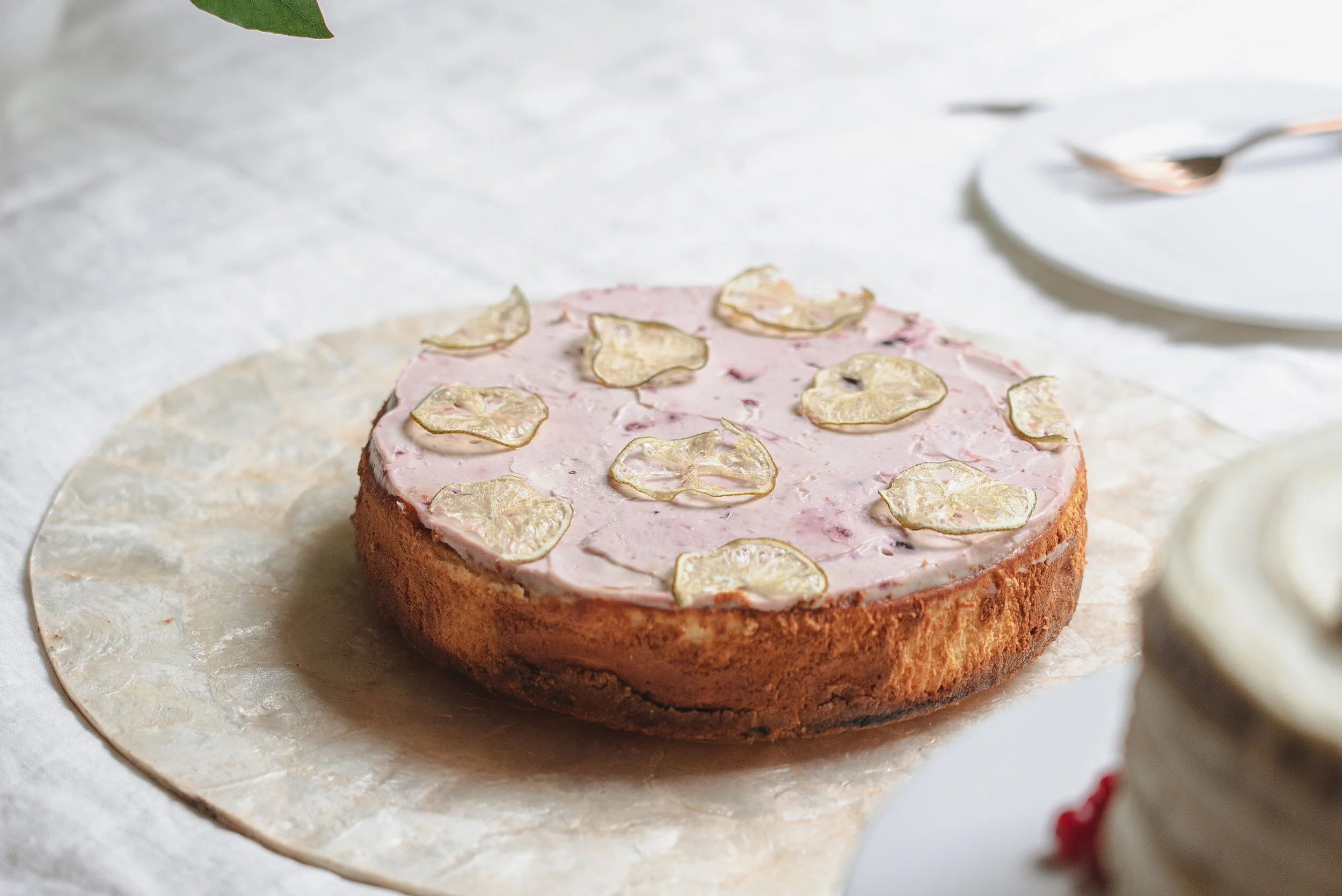A Minimalist Guide to Food Photography
Food and food photography are arts within their own rights. They both involve certain base “ingredients”, but can be changed with the addition of your own tastes whether it be visual tastes or actual tastes. Delicious food doesn’t always have to be complex or include a lot of elements, and neither does food photography. Minimalist food photography can be just as tasty to your eyes as some of the more simple foods are to your taste buds.
We all know the phrase “less is more”. It may seem like a cliche, but it doesn’t mean it’s not true and that it can’t apply to food photography.
Adding too many ingredients in your dish or including too many elements in your food photography can drown out the main focus of what it is you’re trying to make. Minimalist food photography helps you focus on the food, and perfect your framing when you have less to work with. Minimalist food photography is also a style that can be used anywhere you go whether you’re at a cafe, or a restaurant.
Focus On the Food
When a plate of your favorite food is in front of you, are you looking at the type of metal the cutlery is made of or wondering if the table cloth is Egyptian cotton? No, you’re watching the sizzling, steaming, creamy, mouthwatering whatever that is minutes away from being devoured. Food photography can sometimes be overcrowded with things that can take your attention away from the main dish. It’s important to always ask yourself, “is this distracting?”
Minimalist food photography almost always puts the focus on the food because the whole essence of minimalism is to include only what is necessary. It’s already difficult to visually transfer the taste of food in photography. When you add elements that sometimes aren’t even food, you make the visual appeal harder to convey.
Having lived in Spain for over 3 years now, simplicity is a bit of a cultural norm. Whether that’s a benefit or detriment is for another blog. One of the most simplistic breakfasts you could ever have is toast with olive oil, crushed tomato, and salt, y esta. Nothing more, nothing less. (well maybe a coffee too.) That’s what you want to capture in minimalist food photography.
Only what matters.
Perfect Your Framing
As much as we all roll our eyes when our elders talk about how much they did with as little as they had, they have a point. We can include a lot of things to our frame. Garments, cutlery, ingredients, vases, cups, an entire kitchen, but as Pablo Picasso once said, “Art is the elimination of the unnecessary.” We could add a lot to our frame, but not adding something is just as much of an artistic choice.
Because we have less to work with, we have a challenge on our hands. Framing a shot using minimal elements can be tricky, but not impossible to pull off. We can still use the same techniques we’re all familiar with. Leading lines, shading, depth of field, and angle can still make a great photo. Even something as simple as adding an element in the foreground, to guide your eyes to the main focus is easy and in line with this type of photography.
This photo below is almost as minimal as you can get. The muted surroundings and the contrast of the natural light make everything fall away behind these delicious cookies. This is one of my favorite food pictures I’ve taken because of how simple it is, but yet it looks so good. That’s what I hope you can accomplish in your minimalist food photography.
The Utility of Minimalist Food Photography
If you have a phone in your pocket and the skills of minimalist food photography, anywhere there’s food, there’s an opportunity. Because you work with what you have, you can take advantage of causal moments in the day to make something beautiful. With great light, simple surroundings, and of course, a beautiful centrepiece, you can take this method of food photography with you wherever you go. Not to mention, diversifying and showing love to area restaurants and cafes is always a benefit as well. Next time you’re at your favorite cafe, get a table by the window and start taking some photos of the coffee you order along with some food or even something of yours you brought with you.
This is also a method I see a lot of new cafes and restaurants adopting themselves. Some places might not have the budget of hiring a photographer to do all of their photo work, but that doesn’t mean they have to settle for low-quality looking photos. Especially if they’re making high-quality food. Business owners are already good as using what’s available to them, so using minimalist food photography can up their social media game by easily creating a “style” on their feeds, gaining a following, and hopefully getting new customers to come and enjoy what really matters. The food.


